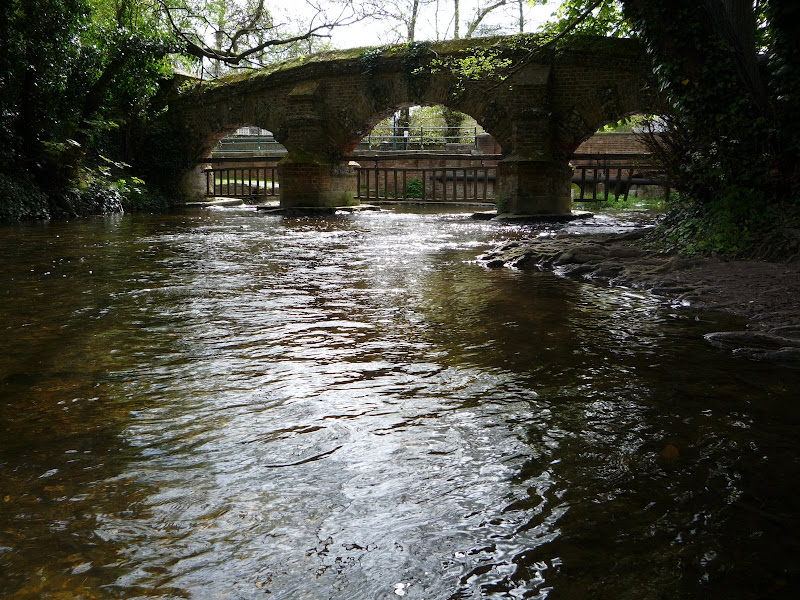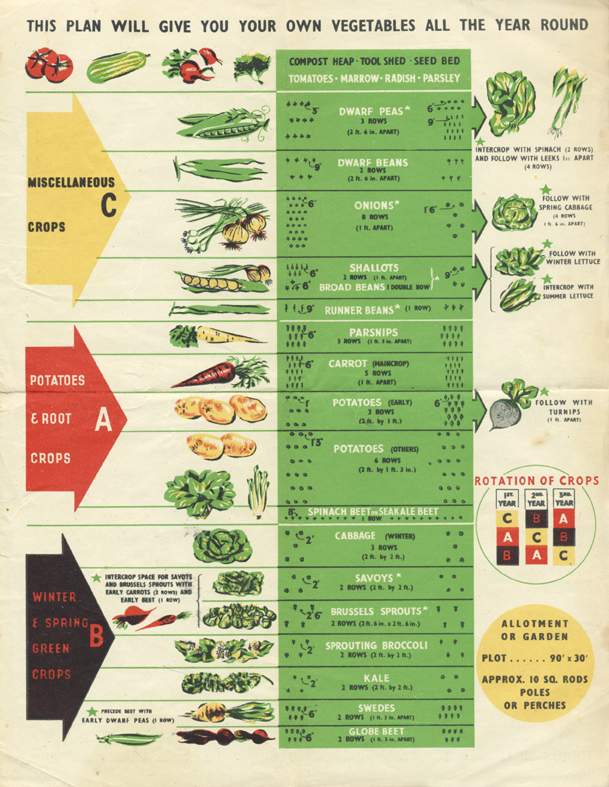
Finally managed to get back into it for a few hours earlier this week, and went in search of that most elusive of prey – The Sub-Urban Wild Brown Trout.
Myself, and the living legend that is
Jeremiah Quinn, have long been promising to go fishing together and finally, after many false starts, this was the week that was!
I fish in the salt, either in the Thames estuary or down on the south coast with
Jonah. We use a mix of tactics; Ledgering Rag and Lug worms, Spinning hard baits and Freelining slithers of Mackerel in our quest to catch that ‘double figures’ Sea Bass. Jeremiah fishes almost exclusively for wild trout and always on-the-fly. Our shared interest is in a kind of low-cost travel-by-public-transport kind of Trout hunting with the holy grail being a Brown Trout taken within the confines of London’s orbital ring road, the M25. A truly wild fish; taken on the fly, and without payment to landowner or fishing club.
Regular readers will know of
Jeremiah’s recent west London successs in Admiral Lord Nelson’s river Wandle so we headed east to a Kentish chalk stream fished by Charles Dickens, the Darent (River Darenth).
The best thing about meeting up with other bloggers is that having sat in front of your computer bashing away for all those nights, writing your blog, there in front of you is a real live human being who has not only read what you wrote, but cares enough to ask questions about what is for the most part a personal obsession. We spent a happy hour on the train to Kent chatting about each others adventures and the blog posts that describe them.
Kent is a lot like New Jersey – Jersey is the garden state, Kent is the garden of England. Kent is also home to many of the commuter ants who make their way, by bridge and tunnel, into the city each morning. Both of them are home to mob bosses, fictional and real. One of the things that will always strike a city dweller visiting Kent is the way that the further away from London you go the sooner the locals thrown into the conversation how close to London they live and the stronger their mockney accents become. The bit of Kent we visited is basically one big suburb. Just it’s a suburb with a few fields for horses, a bit of small scale farming, and as the climate changes, ever growing numbers of vineyards taking advantage of the chalky soil. It’s pretty in a manicured sort of way, much like the girls who hail from there, and it’s plastered in KEEP OUT signs…
I’ve been to the villages that straddle the Darent many times and have made sight of fingerlings plenty of times. Once or twice I’ve also seen some pretty decent fish but I’ve never had one of them for my tea. Jeremiah was delighted with the opportunities the river presented and after a quick lesson had just let me loose with his 7# rod when a trout of a ‘dinner invitation’ size leapt out of the pool whose surface I was thrashing with a Sawyer's Pheasant Tail Nymph, snatched the real thing from the air and disappeared, leaving us grinning like enthusiastic idiots who’ve taken the bait. We didn’t have completely unfettered access to the river bank as we’d keep coming to sections liberally (or should that be illiberally) signposted KEEP OUT and NO FISHING, where we’d have to back track to the road skirting around a farm house before rejoining the water. The whole right of access issue is enormously complicated in England. Many farms and estates are crossed by public access rights of way and the land owners have a duty to provide styles to allow the pubic to safely cross any fences without damage to fence or trouser. For the most part as long as you treat the fields with a common sense courtesy and don’t damage crops or let animals escape farmers tend to be fairly tolerant, but there are exceptions and we were both keen to avoid any run-ins with shotgun wielding yokels shouting ‘getorfmoilaaand!!’
Jeremiah looked quite the country gent in his tweed cap and waxed jacket,

I on the other hand looked like a complete numpty with my oversized fleece and screaming YELLOW wellie boots.

As we reached Farningham we stopped for a small libation at the hostelry by the bridge and snacked on samosas before heading further east to the more easily accessible parts of the river.

The path down the river has recently benefited from some drastic pruning, the last time I walked that way there were trees over hanging the river from either side, and now only the most established specimens remain. The chalk streams of southern England have changed dramatically in the last hundred years. Where they used to be a lot deeper they were also a lot narrower giving far more cover to the fish and allowing larger blooms of vegetation for the nymphs and larvae to live in. Letting trees grow out of the banks has weakened them, and with the banks undermined they have slumped and now most of the stream is ten feet wide but only six inches deep. The local dog walkers told us that there was a release of grayling last year and they’ve all seen good fish from the bank. One dog walker pointed us to a deep hole which was holding two Pike; while upstream I tried to master the dry fly with his 4#, Jeremiah made them an offering on the 7# which was instantly accepted, with the Pikes razor sharp mandibles severing the leader quicker than those nifty little cutters they sell in the fishing shops.
At the end of our tromp we fished the pool under the flyover, managing to spook the trout who live there all year round unspooked, by the overhead roar of the M25, that separates our ever growing metropolis from the manicured fields of England’s garden.

In short: excellent company, short train ride, a not too taxing walk, in a managed version of the country, where real life thrives between the abandoned car number plates, all set against the reassuring whoosh of traffic. Just how we like it!
Thanks for reading
SBW
PS if you’re planning a visit to the chalk streams of Kent, or to fish anywhere else that gets graffiti get in touch, let me know how you get on.
PPS the real life ‘don’ of Urban Fly Fishing lives north of the border.
His blog.
And his site.











